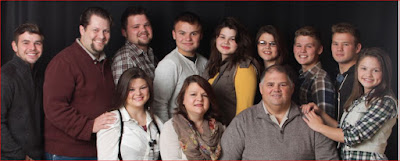1879
Edison demonstrates incandescent light
In the first public demonstration of his incandescent lightbulb, American inventor Thomas Alva Edison lights up a street in Menlo Park, New Jersey. The Pennsylvania Railroad Company ran special trains to Menlo Park on the day of the demonstration in response to public enthusiasm over the event.
Although the first incandescent lamp had been produced 40 years earlier, no inventor had been able to come up with a practical design until Edison embraced the challenge in the late 1870s. After countless tests, he developed a high-resistance carbon-thread filament that burned steadily for hours and an electric generator sophisticated enough to power a large lighting system.
Born in Milan, Ohio, in 1847, Edison received little formal schooling, which was customary for most Americans at the time. He developed serious hearing problems at an early age, and this disability provided the motivation for many of his inventions. At age 16, he found work as a telegraph operator and soon was devoting much of his energy and natural ingenuity toward improving the telegraph system itself. By 1869, he was pursuing invention full-time and in 1876 moved into a laboratory and machine shop in Menlo Park, New Jersey.
Edison’s experiments were guided by his remarkable intuition, but he also took care to employ assistants who provided the mathematical and technical expertise he lacked. At Menlo Park, Edison continued his work on the telegraph, and in 1877 he stumbled on one of his great inventions–the phonograph–while working on a way to record telephone communication. Public demonstrations of the phonograph made the Yankee inventor world famous, and he was dubbed the “Wizard of Menlo Park.”
Although the discovery of a way to record and play back sound ensured him a place in the annals of history, the phonograph was only the first of several Edison creations that would transform late 19th-century life. Among other notable inventions, Edison and his assistants developed the first practical incandescent lightbulb in 1879 and a forerunner of the movie camera and projector in the late 1880s. In 1887, he opened the world’s first industrial research laboratory at West Orange, New Jersey where he employed dozens of workers to investigate systematically a given subject.
Perhaps his greatest contribution to the modern industrial world came from his work in electricity. He developed a complete electrical distribution system for light and power, set up the world’s first power plant in New York City, and invented the alkaline battery, the first electric railroad, and a host of other inventions that laid the basis for the modern electrical world. One of the most prolific inventors in history, he continued to work into his 80s and acquired 1,093 patents in his lifetime. He died in 1931 at the age of 84.















































